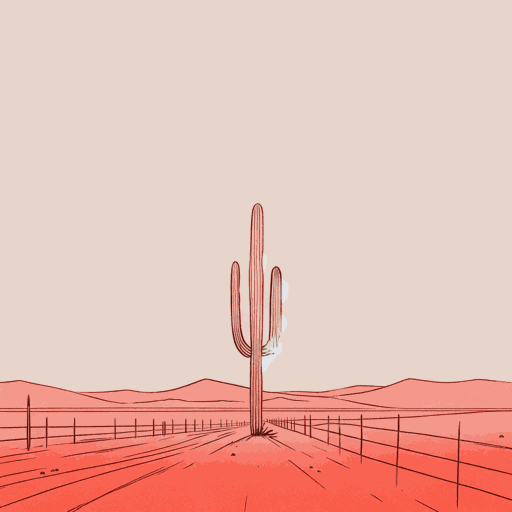51 pages • 1 hour read
Jason De LeónThe Land of Open Graves: Living and Dying on the Migrant Trail
Nonfiction | Book | Adult | Published in 2015A modern alternative to SparkNotes and CliffsNotes, SuperSummary offers high-quality Study Guides with detailed chapter summaries and analysis of major themes, characters, and more.
Important Quotes
“After spending just a few weeks on the US-Mexico border hanging out with the desperate people looking to breach America’s immigration defenses, I quickly learned that death, violence, and suffering are par for the course. It all started to blur together. Disturbing images lost their edge. As an observer, you grow accustomed to seeing people cry at the drop of a hat.”
(Introduction, Page 1)
De León sets the scene for—and emotional tone of—his study: a US-Mexico border where devastation and high drama are the norm. He is disturbed by how easily he has become accustomed to the sight of untoward circumstances and people in distress.
“This dude had been dead for less than an hour and yet the flies were already there in full force. They were landing on his milky eyeballs and crawling in and out of his open mouth […] We watched flies lay eggs on this man’s face for what seemed an eternity.”
(Introduction, Pages 2-3)
In this gruesome portrait of death, De León details what the desert does to the bodies left in it, and his own feelings of powerlessness and horror, as he watches flies make their home in a man’s face. Through his use of the colloquialism “dude,” De León departs from a formal academic style to convey his very human reaction to the grotesque spectacle he has encountered.
“My argument is quite simple. The terrible things that this mass of migrating people experience en route are neither random nor senseless, but rather part of a strategic federal plan that […] is […] a killing machine that simultaneously uses and hides behind the viciousness of the Sonoran Desert.”
(Introduction, Pages 3-4)
Here, De León lays out the book’s thesis: that the federal government is using the harsh conditions of the Sonoran Desert as a means of controlling and deterring immigration. Using nature as a foil, the government washes its hands of responsibility to the people killed, as they try to enter the United States.

